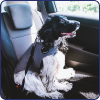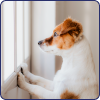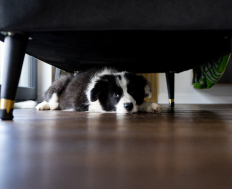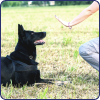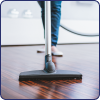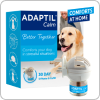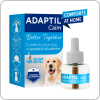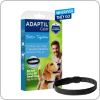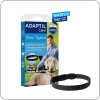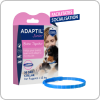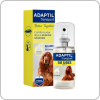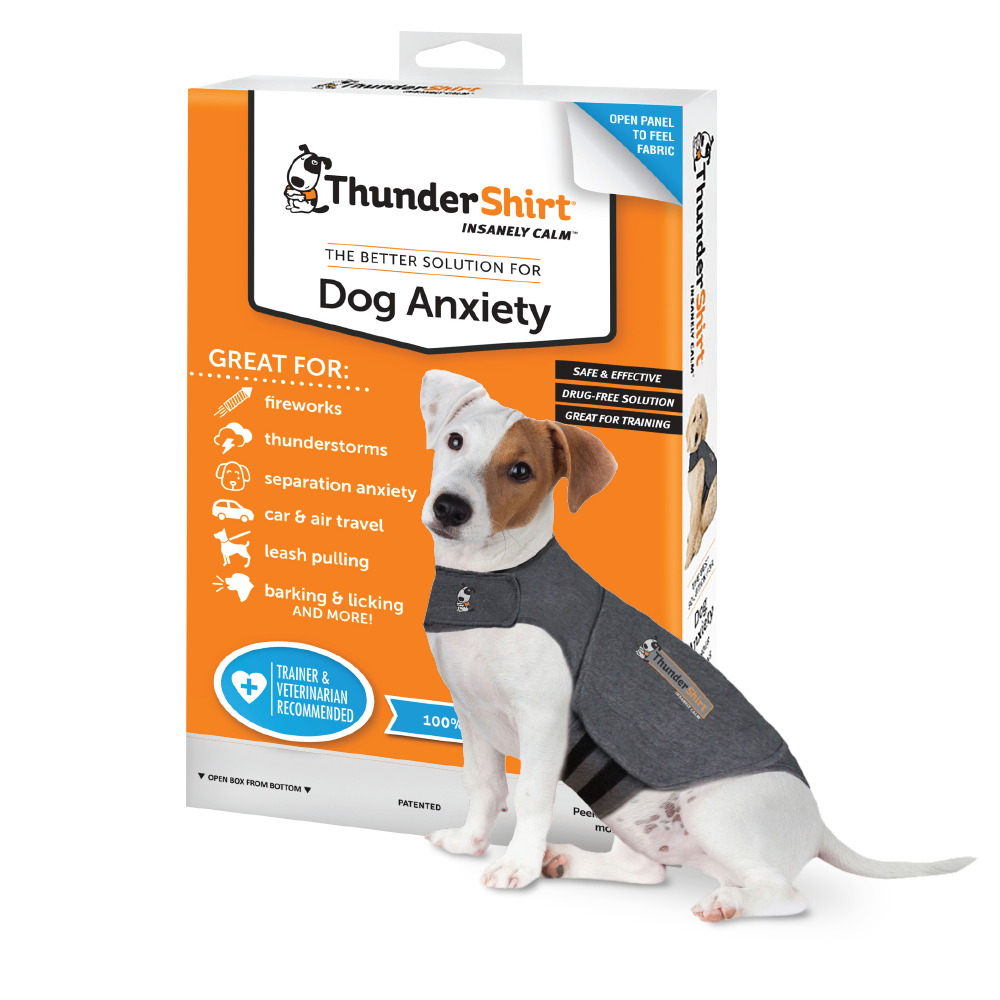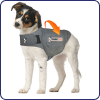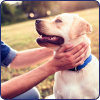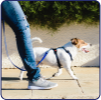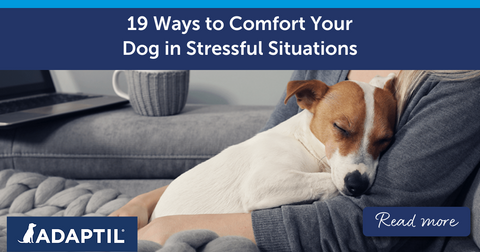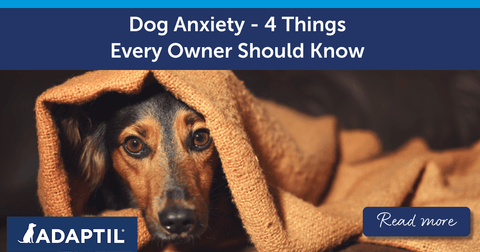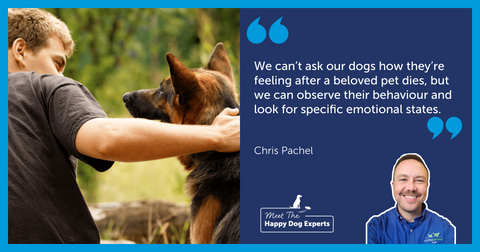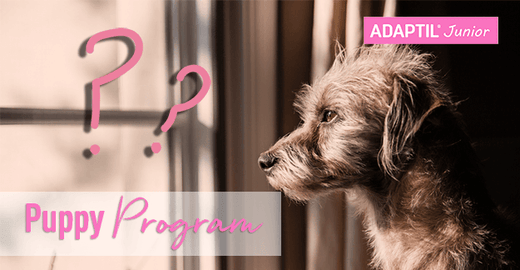
10 Tips When Leaving Your Dog Alone for the First Time
Does your doggo turn his nose up at spending time alone? You might notice that your pooch barks, whimpers or whines when you leave - as if they're saying come back, I miss you! Dogs are sociable animals and want to spend time with us, watch us and help us. They're such great companions that they may feel lonely when they're not in our company!
However, as we can't be with our pets twenty-four hours a day, it's important to help your dog adjust to being home alone occasionally. Though you shouldn't leave your doggo for too long, there are some easy steps to help them feel more comfortable with alone time. Go to dog home alone page to see videos and further articles on this.
How To Help Your Dog Feel Secure When Home Alone
1. Crate train your pup
Crate training your doggo when they are a pup is a great way to help them get used to being alone; by giving them a comfortable, safe place to stay for short periods of time. However, puppies and dogs shouldn't spend more than a couple of hours in their crates. Too much crate time could cause them stress and limit their ability to interact with their surroundings.
As it's not the best idea to give your doggo free rein of the house while you're out, especially when they are young, try to ensure they're comfortable in a set 'safe' area - which can be expanded over time.
2. Consider doggie daycare
If you need to leave home for long periods of time, consider dropping your dog off at a doggie daycare. Some doggie daycare services may even collect your pooch from you! Although this isn't ideal for puppies who are just settling into a new environment, it works well for sociable dogs who like to play with other doggos! Doggy daycare is a great way to socialise your dog and meet their physical need for exercise. Remember to do your research and ensure the daycare service you choose is a clean, well-designed location with qualified staff who can manage interactions between dogs carefully.
3. Hire a dog walker
You can also hire dog carers that visit your house so your dog isn't home alone for too long; this is a great option if your dog doesn't feel comfortable around other dogs. Using a dog walking service or hiring someone to come and visit will help break up your pooch's day! It's best if they come in the middle of your dog's alone time to let them out for the toilet, help them use up some energy and relax. They can provide your pet with treats and social interaction which will improve your dog's day! Dog walker services may be able do a quick home visit or could take your pooch for a long walk in the day. It's always worth researching your local dog walking services to see what options are available, and to check reviews so that you know your pawsome pal will be well looked after.
4. Can you spend more time with your pooch?
If you're often out due to work, consider working from home on occasions (if possible) or bring your dog with you in the day if you are able. Come back and visit your pooch on your lunch break if you work closeby, and consider if there are other household members who could take it in turns to drop in and visit your pooch.
5. Can your friend or neighbour visit?
Do you have a friend or neighbour who likes dogs, who would want to visit your dog? This can be a great way to break up your pet's alone time, and a way to ensure they have regular bathroom breaks! Make sure that your dog is comfortable with any visitors ahead of any drop-in; make sure your pet has been introduced to your friend or neighbour first. Most dogs will love this sort of visit and will enjoy a new sense of routine if it's a regular occurrence!
6. Train your dog to recognise when you're leaving
To help your dog understand that they will be alone for a little while, you can train them using different signals. For example, a wave and a word like 'bye' could mean I'll see you in 4 hours while raising your hand and saying something like 'won't be long' can let them know that you'll be back shortly. Some dogs may be fine without a 'bye' but it's best to avoid any fuss when you're departing or arriving.
7. Tire your doggo out before you leave
The best thing you can do before leaving your pooch home alone is to give them some exercise. When you take your dog for their morning walk or exercise, they'll likely fall asleep afterwards! This gives you the chance to leave the house without your dog feeling worried.
8. Keep your dog occupied
You should make sure that there are constructive ways for your dog to spend their time when you're not around. Use a food-dispensing toy rather than their regular food bowl which will occupy and challenge them. Some dog toys offer various difficulties so you can make sure that your dog is active and engaged while you're away. If they get bored they may get destructive, so leave small tasks and fun toys to play with but, make sure that none of the toys could be chewed apart or swallowed.
9. Don't give in to emotional blackmail
Even if it might be tempting, don't re-enter the room if your pet starts crying, whining, howling or barking. Wait until they're quiet and then go in and give them praise for being calm with your tone of voice and a gentle stroke. Remember to give them treats only when you leave and not on your return; providing a treat on your return will only make them more eager and anxious for you to come home!
10. Start training early!
It's important to start introducing your dog to 'alone time' right from the outset - especially as a pup. Start with just a few minutes and then gradually extend the length of time if your pet remains calm while you are out of sight. Your dog can be in their crate, special area or on their own in the house. You can also leave the radio on, tuned to a calming classical station or talk show, and help your dog relax by providing them with plenty of blankets for a doggy den.
Eventually, your doggo should learn that being home is nothing to be afraid of, and they should be able to stay alone without being emotional or destructive. An ADAPTIL Calm Home Diffuser to help your dog feel relaxed and calm in situations such as staying home alone, or when encountering visitors or loud noises. This creates a reassuring environment by releasing 'comforting messages' and providing constant support to your pooch.
Take our quiz to find out how stressed your dog is when left home alone.
